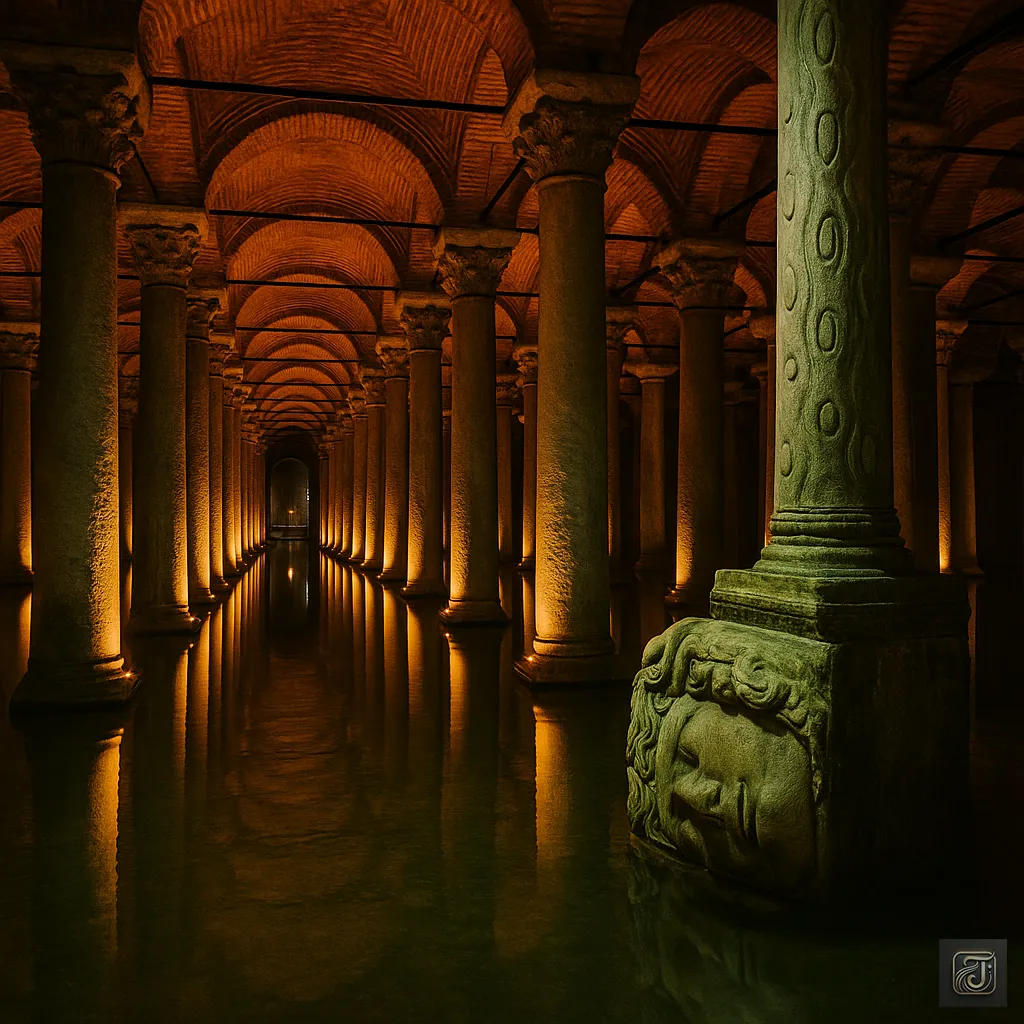
The Underground Palace of Istanbul: Basilica Cistern (Yerebatan Sarnıcı)
The Underground Palace of Istanbul (Basilica Cistern, Yerebatan Sarnıcı) is a historic underground water reservoir located in Istanbul, Turkey.
It was constructed in the 6th century under Justinian I of the Eastern Roman Empire. The vast underground chamber is supported by approximately 336 columns, and it was built by around 7,000 workers.
Also known as the “Sunken Palace”, the cistern exudes a mystical atmosphere that continues to fascinate many visitors.
The reflection of the columns on the water, the unique silence, and the harmony of light and shadow create a space that feels more like an art museum than a reservoir. It is truly a place where history and natural beauty intersect.
Medusa’s Heads and the “Column of Tears”
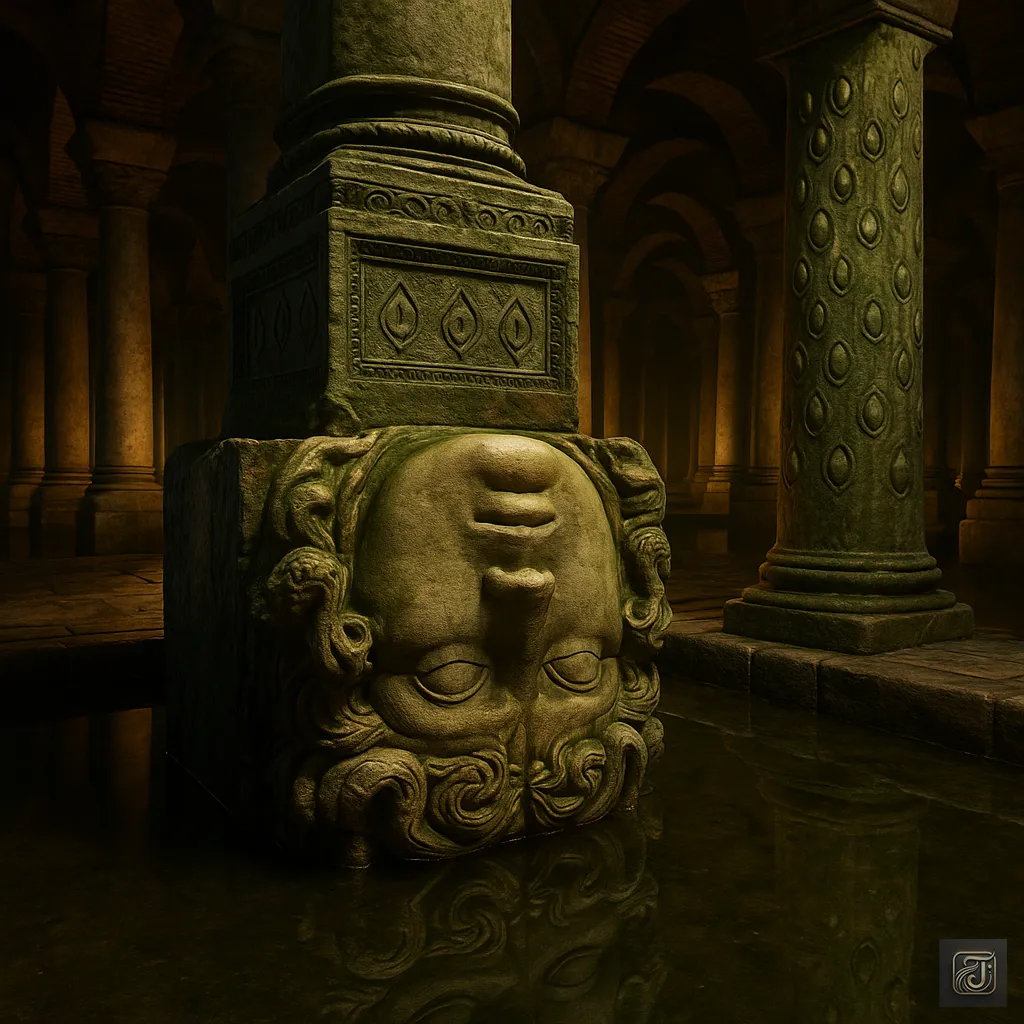
One of the most famous features is the Medusa head sculptures, placed upside down or sideways. Their presence adds an extra layer of mystery to this place.
There is also a column known as the “Column of Tears.”
You might wonder, “Why would they carve such decorations into a simple cistern column? Isn’t it just a waste of time and effort?”
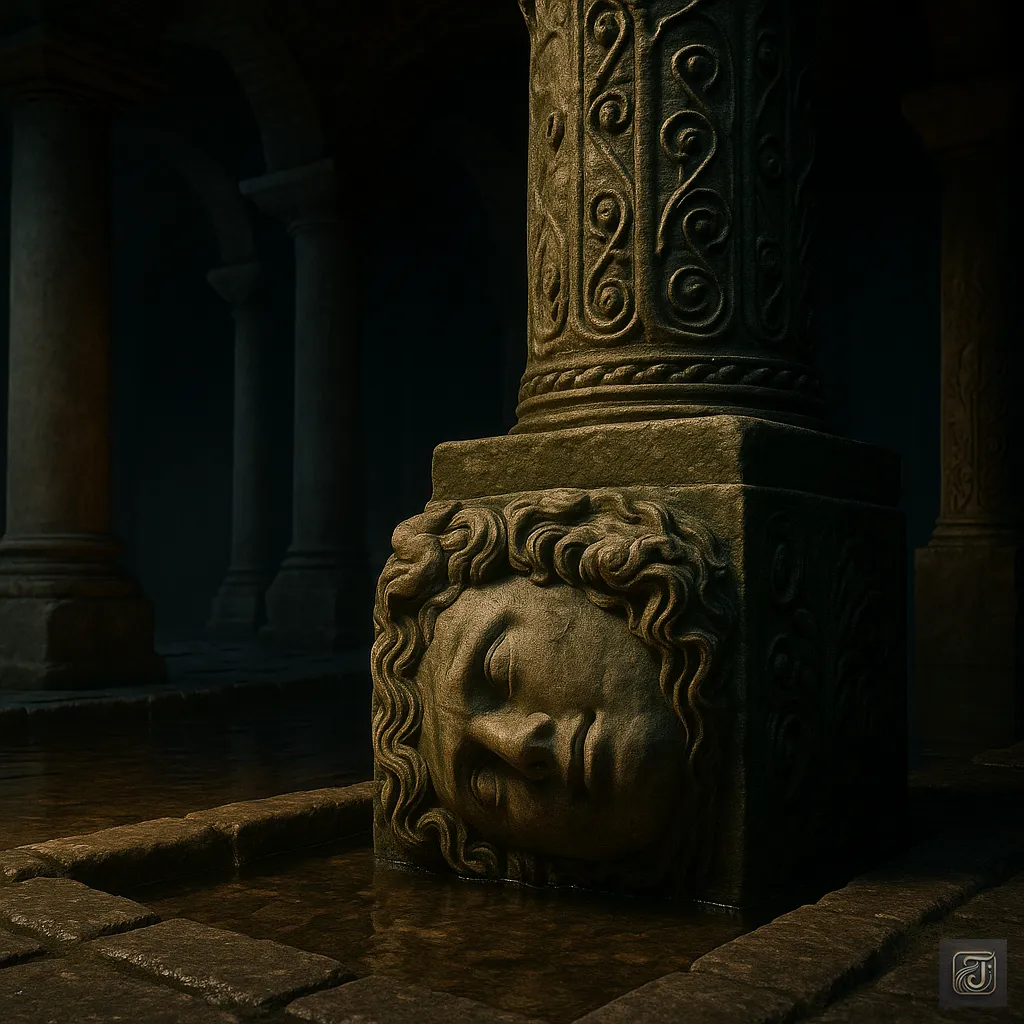
In fact, these columns were repurposed from ruined temples of the Byzantine Empire.
That is why carvings and Medusa heads remain on the underground columns, even though no one was supposed to see them.
It is astonishing that these stone columns and sculptures have preserved their beauty even after so many centuries.
Film and Television Setting
Because of its mystical and grand atmosphere, the Basilica Cistern has also been used as a filming location.
Some of the most notable works are as follows:

Because of its mystical and grand atmosphere, the Basilica Cistern has also been used as a filming location for movies. Some representative works include the following:
- “From Russia with Love” (1963)
In this James Bond film, Bond is shown traveling by boat through the cistern to make contact with spies in Istanbul. The vast underground space intensifies the suspense of the scene.
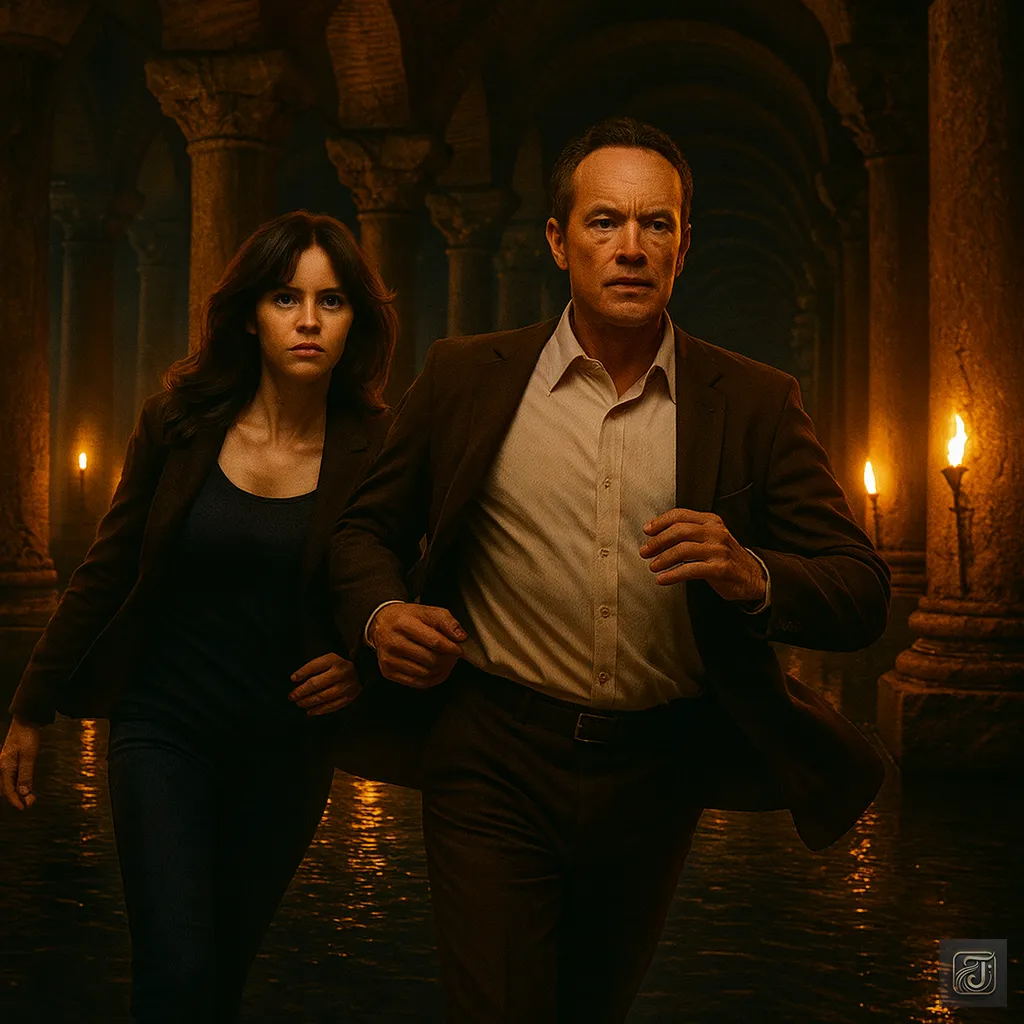
- “Inferno” (2016)
Based on Dan Brown’s novel, this film features the Basilica Cistern as the setting for its climax. After solving a series of puzzles, the protagonists face a major crisis in this underground palace. The fantastical atmosphere of the cistern further heightened the film’s tension.

- “Indiana Jones and the Last Crusade” (1989)
Although the entire story is not set in Istanbul, it is said that the mysterious underground scenes were inspired by the Basilica Cistern.
Thus, the Basilica Cistern, with its unique scenery and historical background, has inspired many directors and production teams.
Construction, Oblivion, and Rediscovery
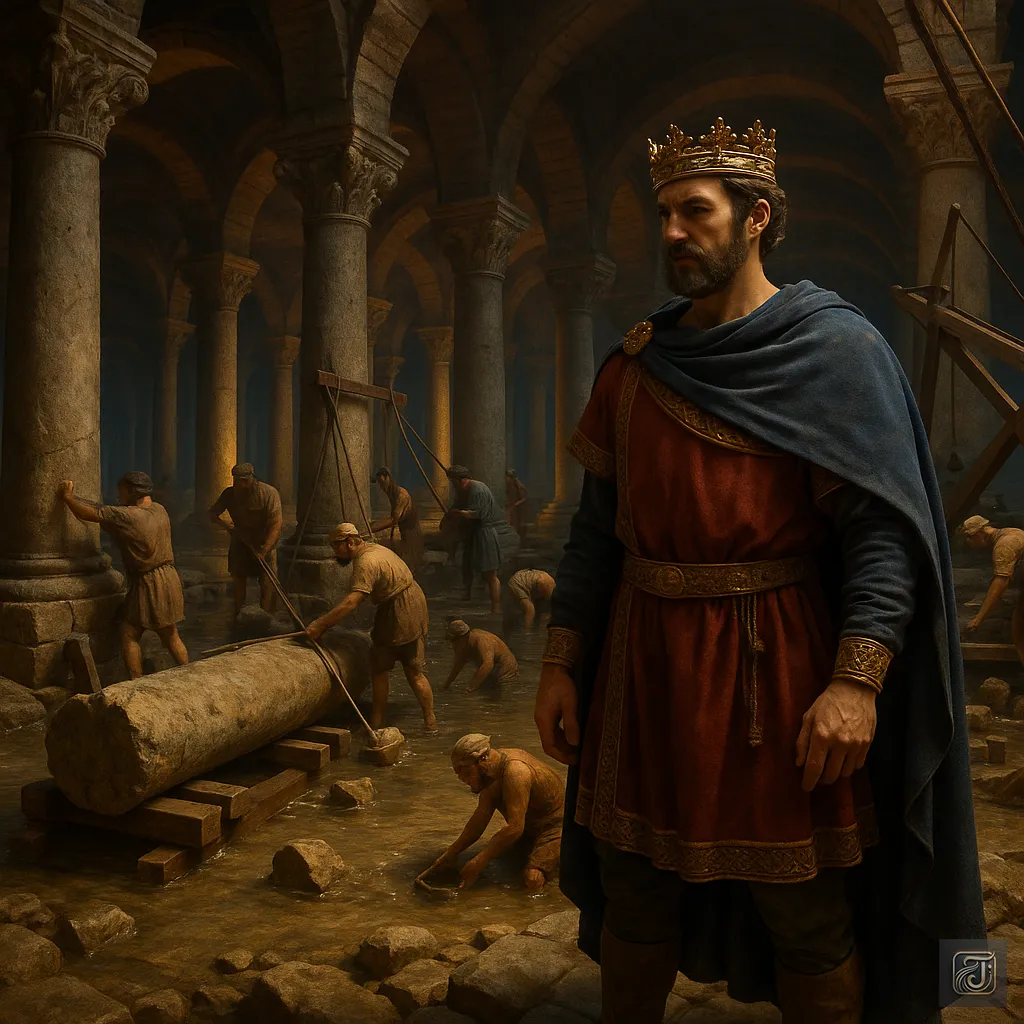
The Basilica Cistern (Yerebatan Sarnıcı) was constructed during the reign of Justinian I (527–565).
It was built to supply water to Constantinople, the capital of the Byzantine Empire (present-day Istanbul), where securing a stable water supply was crucial during times of war or siege.

However, when the Ottoman Empire conquered Constantinople in 1453, they preferred to use above-ground water sources, and the importance of the underground cistern declined. The Basilica Cistern was forgotten for more than a century.
Even so, this underground palace continued to exist beneath the city, while buildings were constructed above it.
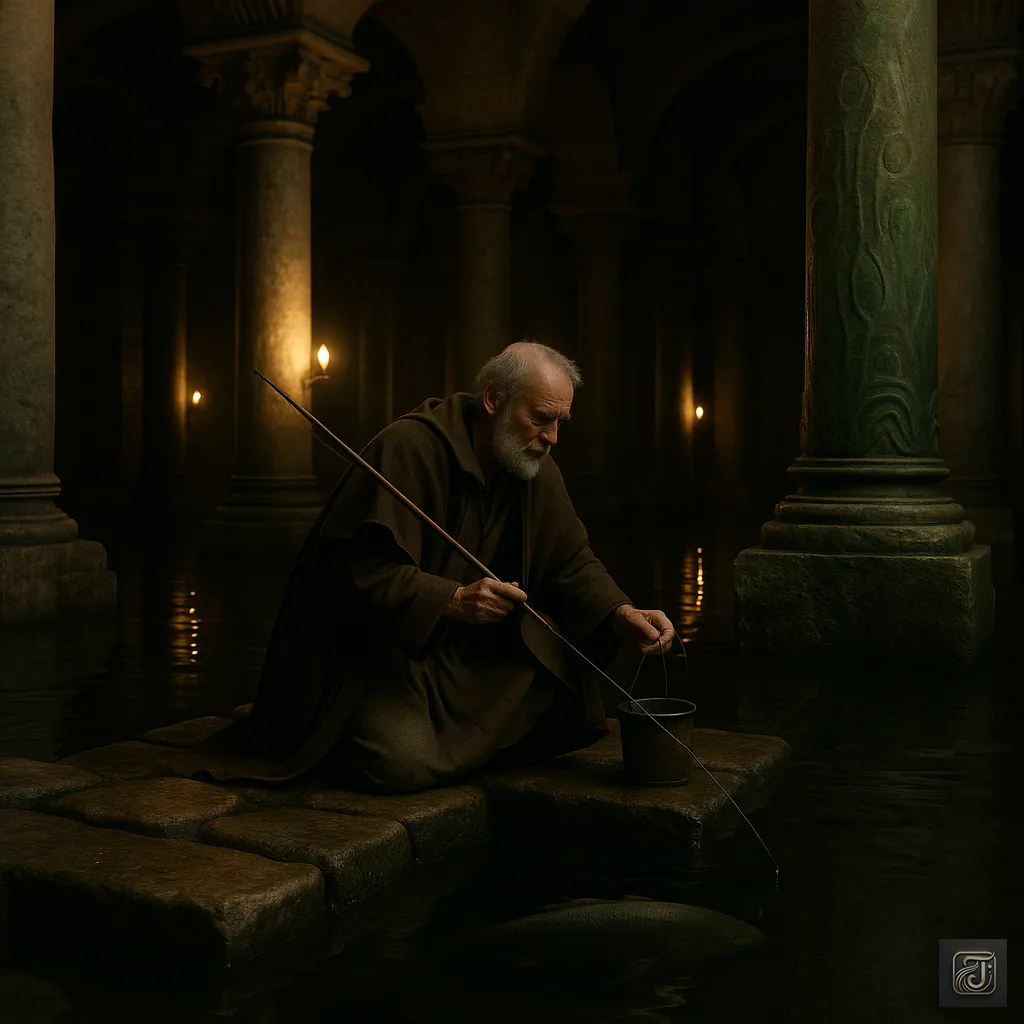
In 1545, the French traveler Petrus Gyllius rediscovered the cistern.
He noticed that local residents were drilling holes in their floors to draw water from underground or even to fish, which prompted him to begin his investigation.
And then—
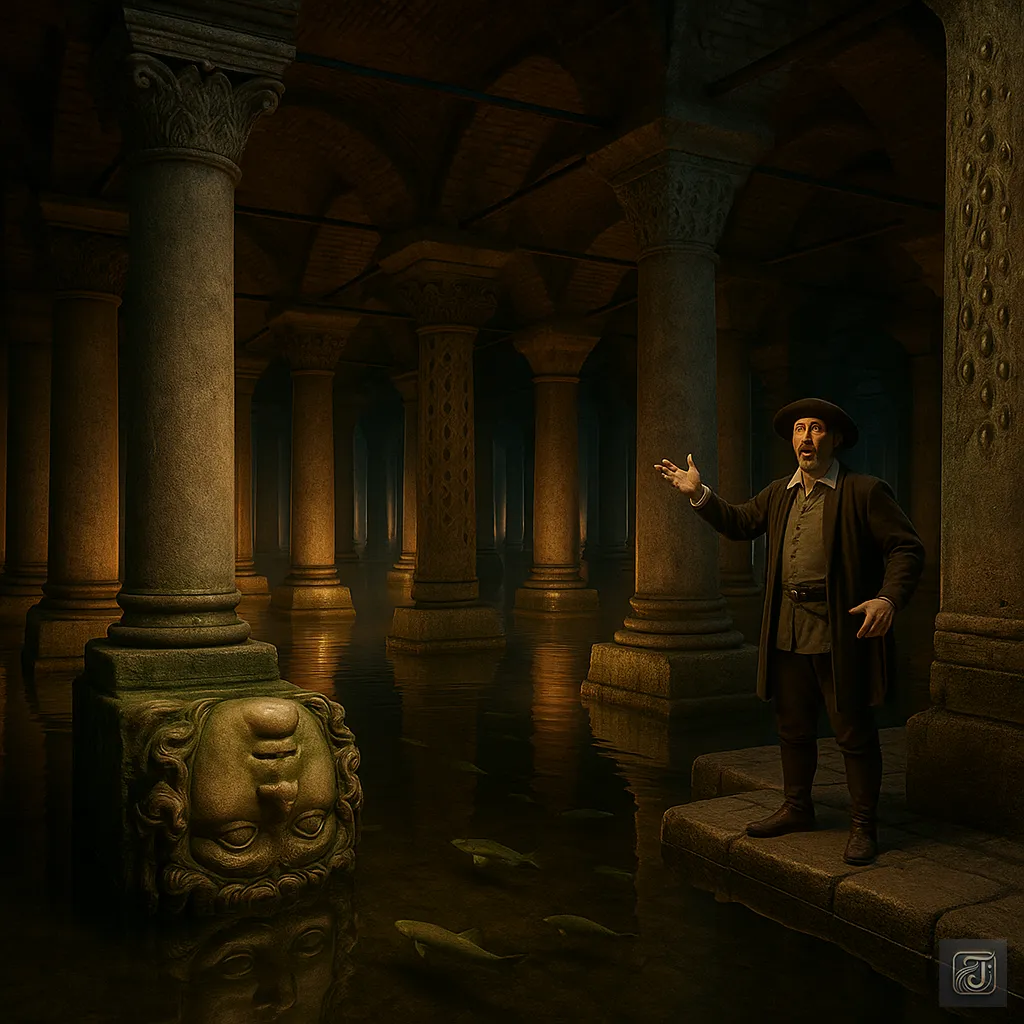
“This is enormous!”
“There are 336 columns lined up!”
“Fish are swimming, and there lies the submerged head of Medusa!”
In this way, he revealed the existence of this massive water reservoir to the world.
The Basilica Cistern in Modern Times
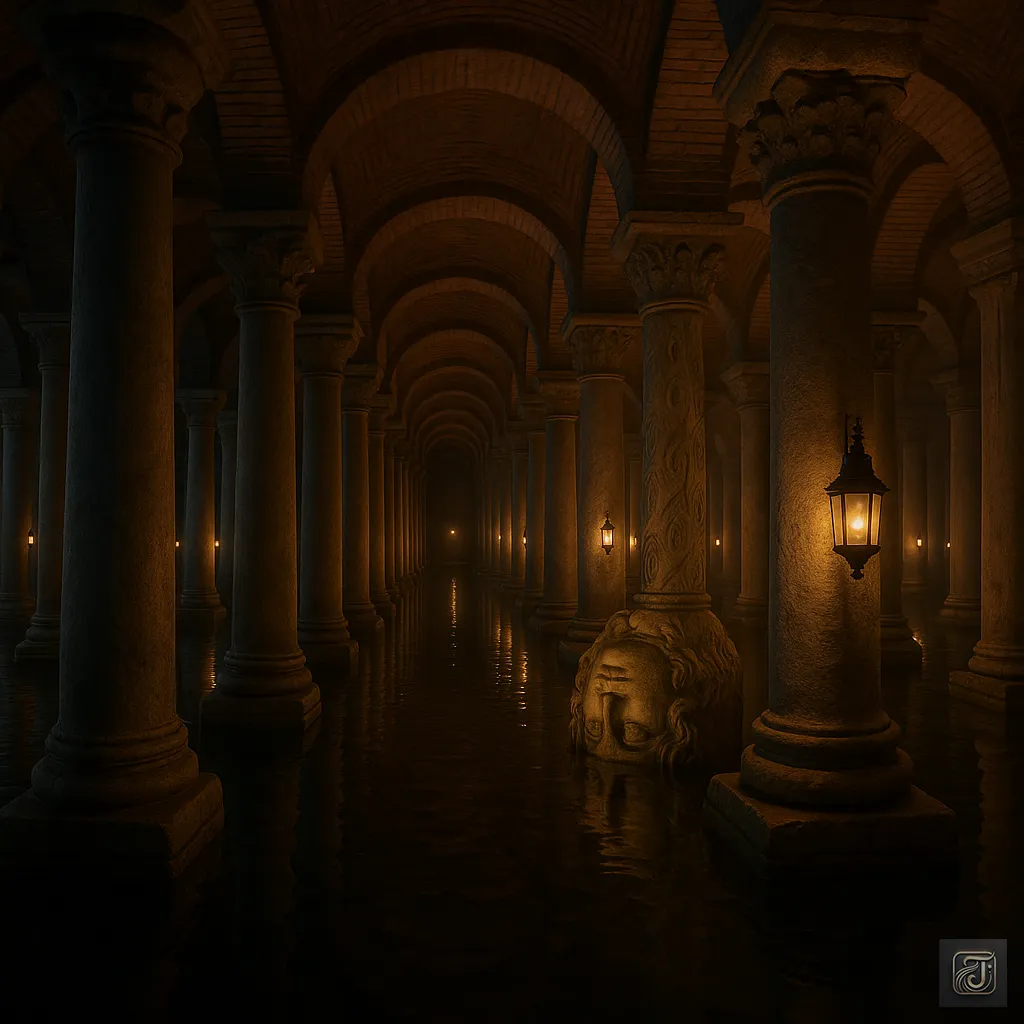
The Basilica Cistern Today
After undergoing several restorations, the cistern took on its present form and was opened to the public in the latter half of the 20th century.
Today, it is one of Istanbul’s most iconic tourist attractions, drawing visitors from all over the world.
And of course—
I was one of them.
As I walked through the silent underground palace, gazing at the reflections of light on the water and the shadows of the columns, I felt as if I had wandered into another world.
If you found this article helpful or enjoyable, please consider supporting me with a cup of coffee! 👈Click☕🙏
I’m a passionate blogger who loves diving deep into human history and sharing captivating stories about remarkable figures and events from the past. My blog combines engaging storytelling with beautiful illustrations, making history accessible and enjoyable for everyone.
Currently, I write my blog while managing a full-time job. Balancing both limits the time I can dedicate to research, writing, and illustrations. With your support on Ko-fi, I can reduce the time spent on my main job and focus more on blogging, allowing me to increase the frequency of updates and bring you even more captivating stories.
Whether it’s a one-time coffee or a regular contribution, every bit goes directly into making history engaging and fun for my readers.
Thank you for joining me on this journey through time. Let’s uncover the past together!
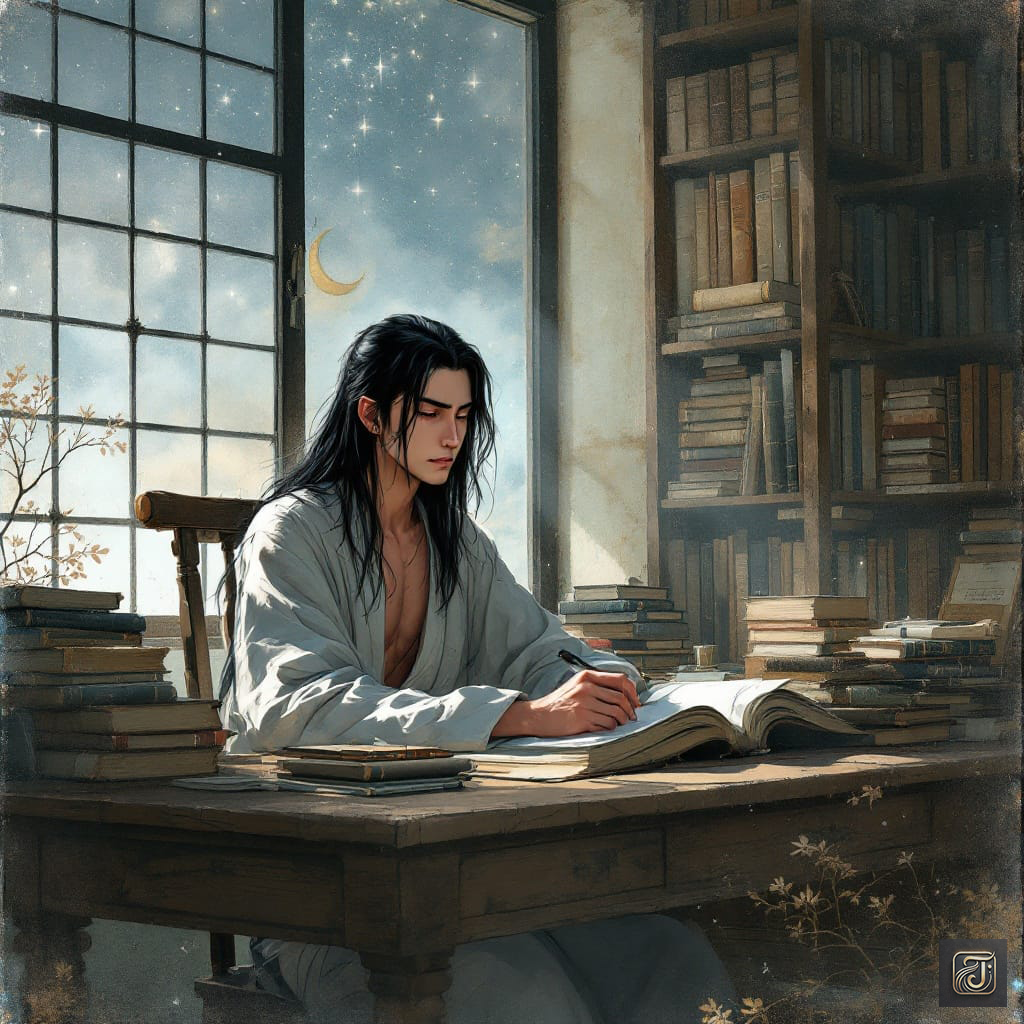


Comment